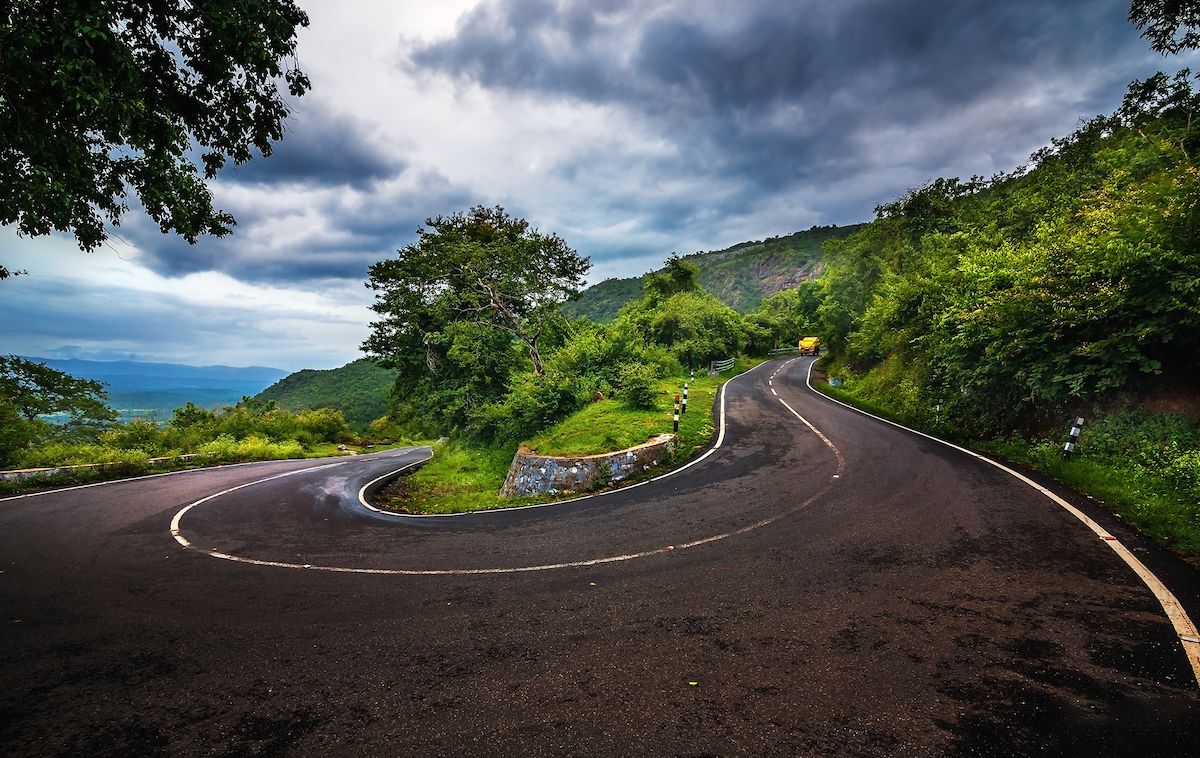Ooty – Remnants of the Raj

This photo, “Good Morning Ooty” @Flickr from aloshbennett
made available under an Attribution license
Ooty is widely recognized as a verdant town today, but had it not been for a determined Englishman from the East India Company, this popular hill station might have faded into obscurity.
In 1819, a young British collector from the British East India Company made a journey to the Nilgiri plateau after hearing an account from two of his assistants on the lush beauty of these blue-hazed hills. Among these hills, he came across a wondrous settlement populated by a native tribe—the Todas. In the cool climes of the settlement and its abundance of flora and fauna, the young man recognized the potential for a sanatorium. He bought some land from the Todas, and built the first European house in the area for him and his family to live in. He introduced tea crops, along with potato, barley and other agricultural products. On his encouragement, other British settlers began to move into the town, and in 1828 it was made into a British cantonment. This town was Ootacamund (Ooty) and the man was John Sullivan, acknowledged today as its founder.
Today, Sullivan’s legacy lives on in the tea estates and flourishing agriculture of the Nilgiris. His house, Stonehouse, no longer exists in its original form, but traces of its architecture are still evident in the Government Arts College, which now sits in its place. Ooty Lake, which he had created as a source of irrigation, no longer bears its former glory, but the town itself remains a favourite among expats. Many tourists are surprised to find a small, but strong foreign population in and around Ooty. A large number are visitors, but some are lifetime residents, populating and often owning the little cafes and pubs that dot the town. Yet agriculture and a flourishing tourism industry are not the only marks the British left behind.
Unbeknownst to most, Ooty is also home to the largest needle industry in India. Based in the little village town of Ketti, about 6 kilometres from maintown Ooty, Needle Industries India Pvt Ltd, oddly enough, started off as a British brewer factory, which in 1949 moved to producing gramophone needles, slowly expanding to the production of hand sewing needles. In the 1960s, ownership shifted to Indian hands and the company introduced its own brand—Pony—which continues to be a globally recognized name in world markets. Today, the company manufactures almost 20,000 other products including surgical suture needles, knitting pins, safety pins and jeans buttons, and markets its products to almost sixty countries across six continents. One can safely say the days of gramophone needles are long gone (although, the company will still produce them on special order)!
The area of Ketti itself worth spending some time in. Often called the “Switzerland of South India”, this beautiful valley-town maintains a pleasant temperature range year round. The locals are warm and friendly, a typical characteristic of this region. They are also fond of their feasts and festivities—markedly temple festivals and festivals during the harvest months, which are celebrated with great pomp. For the last twenty-odd years, Needle Industries has also been organising a Christmas event called ‘Santa Comes to Town’, which includes a sleigh-led procession that moves through Ooty’s Commercial Road. The event is hugely popular with the public—a tribute to the area’s secularity, or a direct nod of acknowledgement, perhaps, to the memory of one Mr. Sullivan.


